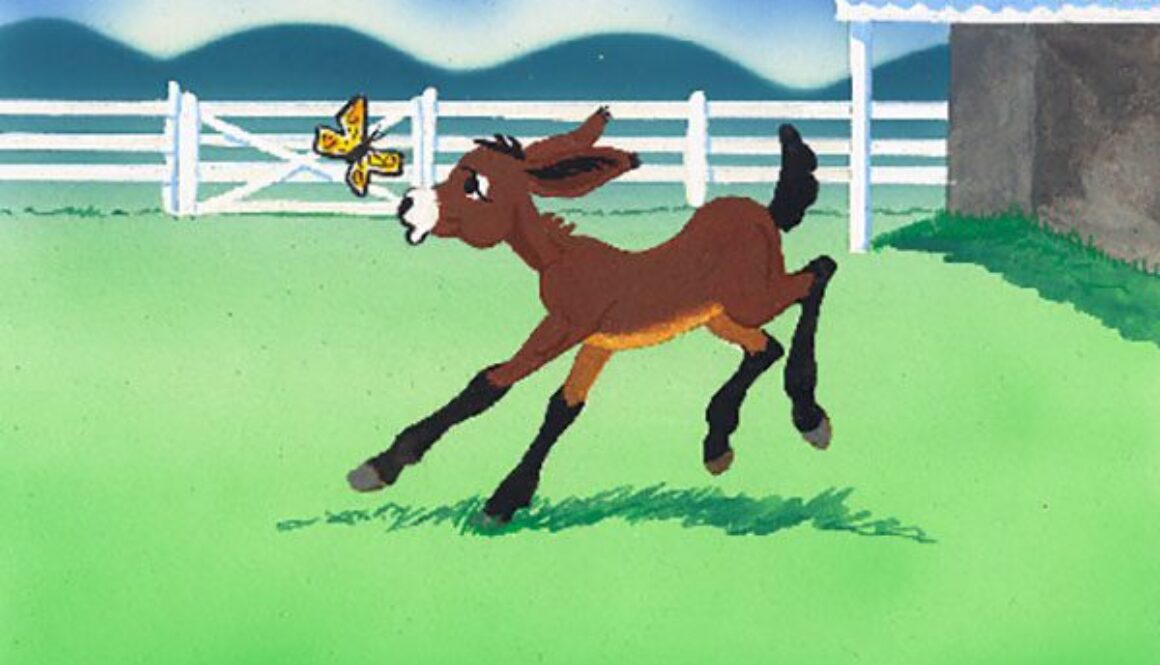MULE TALK PODCAST – Cindy K Roberts & Mule Trainer/Author/Mule Promoter Meredith Hodges – Lucky Three Ranch of Loveland, Colorado, shares with us the important issues to address when drawing up a trust for your mules, livestock, pets, and ranch. Talking with a qualified lawyer is critical and making sure the needs of your mules and donkeys are met is not an easy task when writing up your wishes in a trust agreement. Meredith shares with us the important thoughts to consider when drawing up a trust. Only on Mule Talk the podcast!
Well, it’s a pleasure to be here. Good Morning! Well, this was a really touchy subject. First of all I wanted to say that I thought it was going to be a whole lot easier than it was. I wanted to make sure that if anything happened to me they would be well taken care of, but I found out in 2006 , it was not that simple because you have to take into consideration the people you are going to designate when you decide to designate somebody to take care of them. Those people need to be willing to do it and as we all know, “Horse Poor” is the old saying. So taking on an equine is a whole lot more expensive than taking on a cat or a dog, and even those can become a problem. So when I was trying to decide what to do with my animals, I thought “Gosh,” I could pass on my ranch to my family, but they might decide to just sell that with the animals and everything and not care where they went at all.
 So that prompted me to get really meticulous about what I did. That’s why I launched into what I did establishing the Loveland Longears Museum and Sculpture Park at Lucky Three Ranch as a 501 (c) 3. We had to develop a “mission statement” to make it legitimate. We did that to teach people, at risk-kids and younger children about the care, maintenance, handling and training of equines in general and not just mules…but, with the primary focus on mules. The focus being like that would ensure that my animals would be part of the 501 3 (c) 3 and would be guaranteed a place in the whole foundation. They would be taken care of!
So that prompted me to get really meticulous about what I did. That’s why I launched into what I did establishing the Loveland Longears Museum and Sculpture Park at Lucky Three Ranch as a 501 (c) 3. We had to develop a “mission statement” to make it legitimate. We did that to teach people, at risk-kids and younger children about the care, maintenance, handling and training of equines in general and not just mules…but, with the primary focus on mules. The focus being like that would ensure that my animals would be part of the 501 3 (c) 3 and would be guaranteed a place in the whole foundation. They would be taken care of!
The other thing that I had to decide was who going to take care of them. If I just developed the foundation, they would take on employees that could be anybody and not necessarily people with the experience needed to do a good job with their health and welfare. They might mismanage it and it could all fall apart rather easily. The crew that I have here is not a large crew. I now have one girl and two guys that help me with everything here at the ranch with this whole operation…132 ½ acres, 16 equines, 122 acres in hay that we cut, bale, stack and store ourselves twice a year. In addition, we have to preface that with cleaning the hay barns and prepping them to receive the hay, store the left-over bales from last year in our hay sales barn and after wards, we need to sweep the fields, gather any broken bales and bale whatever we can to store with the rest of the hay. That is a tall order! We just did 11, 000 bales during First Cutting this year and it is ordinarily between 5000-6000 bales per year. We grow our own hay for our equines because we cannot be sure to get the quality hay that we want from other sources each year. Nor can we be assured that there will even be grass hay available. People do grow different kinds of hay and the Brome/Orchard Grass hay that we grow for our equines is the best for them.
 I hear from people every day that tell me they can’t find good grass hay for their animals. Mules and donkeys, being desert animals have to have a very specific diet or they can easily become obese and then you have all sorts of problems and vert bills up the ying-yang, if they don’t just die. It is really easy to mess up that program. The people that have been with me have been here for more than 20 years. We all operate as a team and not by how many hours are put in. Rather, each day is gauged by the tasks needed to be performed and we do not call it a day until the list is completed each day. We all pitch in to help each other when one person has more to do than the others. Each person has their own specific job description, but we all pitch in together when it is time to do the hay during the hay season.
I hear from people every day that tell me they can’t find good grass hay for their animals. Mules and donkeys, being desert animals have to have a very specific diet or they can easily become obese and then you have all sorts of problems and vert bills up the ying-yang, if they don’t just die. It is really easy to mess up that program. The people that have been with me have been here for more than 20 years. We all operate as a team and not by how many hours are put in. Rather, each day is gauged by the tasks needed to be performed and we do not call it a day until the list is completed each day. We all pitch in to help each other when one person has more to do than the others. Each person has their own specific job description, but we all pitch in together when it is time to do the hay during the hay season.
 The two of us girls welcome the opportunity to get out of the office during hay season. The weather is always lovely and working together is a lot of just plain fun. Doing house and office work can get rather tedious when it is so repetitive each day throughout the year. We try to keep up morale by changing up the schedule every so often. There are a lot of things to do like answering the phone, answering peoples’ questions, taking orders, booking tours, distributing orders, keeping the book-keeping straight each day, making Social Media posts regularly, checking the websites connections, both the LTR website and the Jasper website, keeping up the inventory cards in the warehouse and updating all the records for the attorneys and accountants. We also celebrate birthdays
The two of us girls welcome the opportunity to get out of the office during hay season. The weather is always lovely and working together is a lot of just plain fun. Doing house and office work can get rather tedious when it is so repetitive each day throughout the year. We try to keep up morale by changing up the schedule every so often. There are a lot of things to do like answering the phone, answering peoples’ questions, taking orders, booking tours, distributing orders, keeping the book-keeping straight each day, making Social Media posts regularly, checking the websites connections, both the LTR website and the Jasper website, keeping up the inventory cards in the warehouse and updating all the records for the attorneys and accountants. We also celebrate birthdays  with our fellow workers, including our remote graphics artist, videographers and with our JASPER MASCOT, Social Media and behind the scenes website help. It is important to keep a happy and enthusiastic crew!
with our fellow workers, including our remote graphics artist, videographers and with our JASPER MASCOT, Social Media and behind the scenes website help. It is important to keep a happy and enthusiastic crew!
We schedule Private Tours by appointment only which is another welcome time to get out and interact with people who come to the ranch to see all that we do. We have repeat visitors who just love to see what new things we have built and how the ranch just keeps expanding and educating. We’ve been told that this ranch is Colorado’s best-kept secret. When we have these tours, it’s another time that we all pitch in together to help depending on the size and capability of the folks on the tours. If they are small groups, the guys take care of their regular outside duties like the daily cleaning of the stalls, pens and barns, veterinary issues with individual equines, any construction that we have in the works, stock-piling the different things we use regularly, maintenance and repairs and we won’t need their assistance. But if we have a large group, or people with special needs, we will have the guys help lead the tours as drivers of our tour carts while Kristen and I interact with the people. The guys always make sure the ranch is spotless for the tours and we even have the statue cleaners come out before we have tours and make sure the statues are glistening in the sun! Keeping things clean every day also helps to keep down the flies and insects that would irritate the equines as well as our visitors. When they come to visit, people remark about how good it smells here!
Since we ARE a museum, we are always in the process of developing new exhibitions and construction of the new buildings to house them. We do not want to find ourselves in violation of our 501 (c) 3 status. We established our 501(c) 3 status in 2006, but we did not want to be limited to government standard while improving the ranch, so I researched what we were required to do to maintain the status without including the land. We can remain a 501 (c)3 foundation by simply keeping it a Bank Account that donates to other 501(c) 3’s. We have supported several others during the years we have been in operation as a 501(c) 3, but are now limiting our donations to our favorite charity foundation, the Hearts and Horses Therapeutic Riding Center. It is thriving as not only a therapeutic center for the disabled, but we also provide help for Veterans, At-Risk Kids, those with Alzheimer’s, dementia and Physical Therapies after surgeries. We have won multiples awards for our work with Hearts and Horses! Another great way to put smiles on people’s faces!
I legally guaranteed my crew’s jobs as the staff of the Loveland Longears Museum and Sculpture Park. I hired an attorney that clearly set up the L.L.M.S.P. By-Laws and Mission Statement for the 5-1 (C) 3 status and another attorney that did my Last Will and Testament such that is was all very explicit about my wishes upon my death. We all know how expensive our animals can be, so it is advisable to include a stipend of money to accompany the care of the animals so that the designated recipient is not burdened with the cost. So, even though people may offer to take them over for you like they agree to adopt children upon a friend’s demise, you can make sure that they are not biting off more, than they can chew.
Lots of people have been schooled in Natural Horsemanship, but we no longer live in a world where the horses, mules and donkeys are running loose on the range. Equines don’t have access to an environment where they graze when they are hungry, rest when they are tired and naturally wear their hooves evenly from the traveling and autonomous lifestyle they would naturally lead. It is up to us to identify how we can make act responsibly and make reasonable substitutions for this change in their environment. With the onset of our urban sprawl, we need to realize that our equines will never again have access to 5000+ of prairies and mountains as they did in the past. Those days are gone and will never be again. It’s hard enough to get 5-10 acres lots!
 One cannot make any assumptions about what should happen upon your death after you are gone. If you don’t do the things as meticulously as I have done, anything can happen and your animals will suffer. It is better to have it all clearly laid out and in such a way that your designated recipients will be fully aware of what they are signing up for. You will need a clearly stated document about the way YOU care for your equine, so the recipient will know exactly what to do with your animal when they inherit it (How to feed (hay and oats mixes, worming, minerals, exercise, maintenance in a dry lot with limited turnout, social time, training expectations, etc.). This is critical for health of your mules and donkeys. Otherwise, you animals may not be cared for as you desire. Your assets will be at the mercy of other people’s opinions and desires. People can be very selfish in this way. People often believe that you can just turnout in a pasture and that is good enough…NOT! Mules and donkeys are very susceptible to obesity that will usually follow with founder and other things like ringbone and side bones. Poor management is generally due to owner laziness and misinformation that is freely passed around. Beware of advertising and markets techniques. They are not necessarily based in the overall welfare for your equine. Beware of dehydrated cubes and pellets, different oils, minerals, amounts and types of grains, treats, etc. I did my “field” research with 32 equines over a period of 40 years.
One cannot make any assumptions about what should happen upon your death after you are gone. If you don’t do the things as meticulously as I have done, anything can happen and your animals will suffer. It is better to have it all clearly laid out and in such a way that your designated recipients will be fully aware of what they are signing up for. You will need a clearly stated document about the way YOU care for your equine, so the recipient will know exactly what to do with your animal when they inherit it (How to feed (hay and oats mixes, worming, minerals, exercise, maintenance in a dry lot with limited turnout, social time, training expectations, etc.). This is critical for health of your mules and donkeys. Otherwise, you animals may not be cared for as you desire. Your assets will be at the mercy of other people’s opinions and desires. People can be very selfish in this way. People often believe that you can just turnout in a pasture and that is good enough…NOT! Mules and donkeys are very susceptible to obesity that will usually follow with founder and other things like ringbone and side bones. Poor management is generally due to owner laziness and misinformation that is freely passed around. Beware of advertising and markets techniques. They are not necessarily based in the overall welfare for your equine. Beware of dehydrated cubes and pellets, different oils, minerals, amounts and types of grains, treats, etc. I did my “field” research with 32 equines over a period of 40 years.
Granted, a lot of people don’t have as much money as I do, but I don’t have as much coming in as most people think. You cannot make a living on selling books and videos! I had to get creative about how to manage my money as well. So, I hired a Financial Advisor several decades ago and just stared an investment account with UBS Financial Services with the understanding that I would treat it as if the account was not even there. I started with a minimal amount and then just let the dividends be reinvested. I never took any money back. Except, if I got into trouble with my taxes and had to “borrow” money, I would “borrow” from that account to pay the taxes. But I ALWAYS put it back in a very short period of time…it was not MY money in MY own mind! Over several decades, my Financial Advisor turned my original $500.00 into millions!
Regardless of the number of animals or the number of friends that you have that will tell that they would care for your animals, it is essential to have real discussions about what this would entail and how comfortable they would be with all the responsibility that you would be passing along to them. What are the legal stipulations for the location where your recipient lives? Laws are different everywhere and it is important to research these legal regulations for a full understanding of what will be needed to pass your equine on to a new owner. Then if they are okay with it, get a GOOD ATTORNEY to draw up the agreement between you and make it all legal! Do not just draw up an agreement with your friend and sign it. It won’t hold water! This is why I opted to go ahead and spend the money and time to do it the right way. Then I KNOW for sure that I will truly REST IN PEACE!
To learn more about Meredith Hodges and her comprehensive all-breed equine training program, visit LuckyThreeRanch.com, MEREDITH HODGES PUBLIC FIGURE Facebook page, or call 1-800-816-7566. Check out her children’s website at JasperTheMule.com. Also, find Meredith on Pinterest, Instagram, MeWe, YouTube and Twitter.
© 2024 Lucky Three Ranch, Inc. All Rights Reserved.





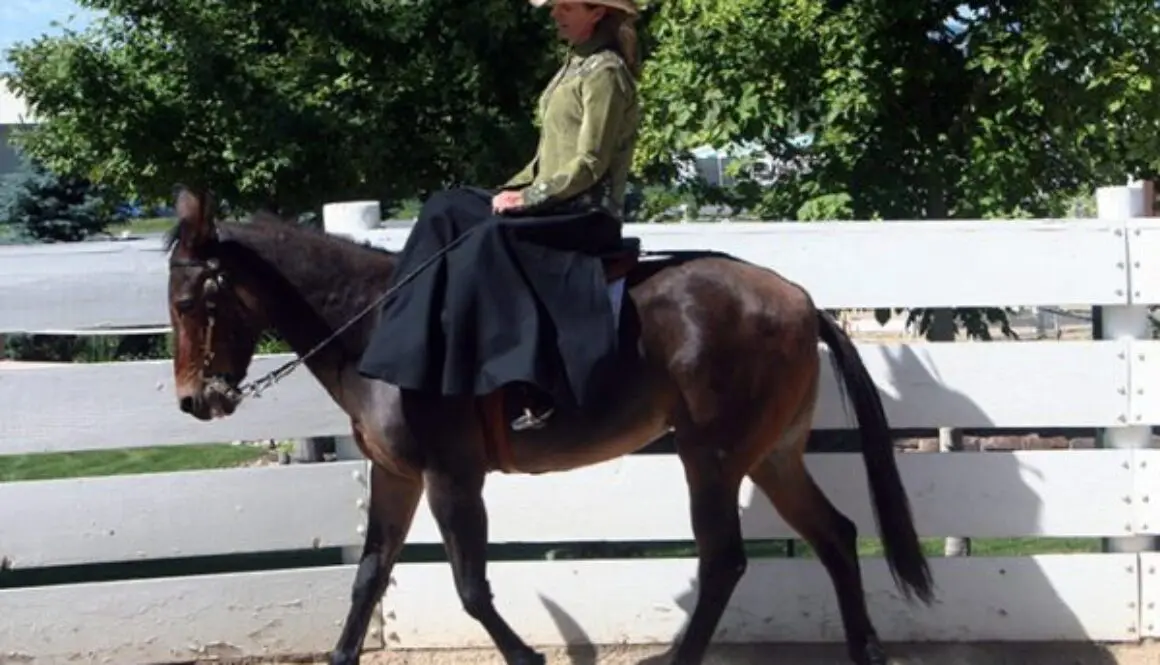

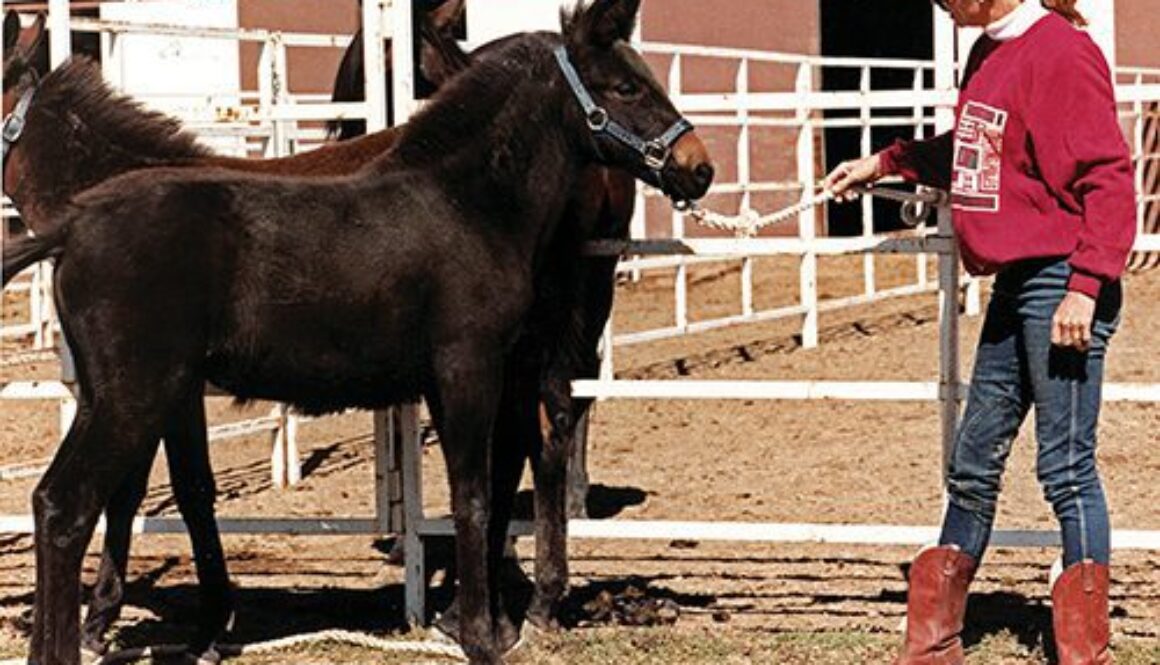
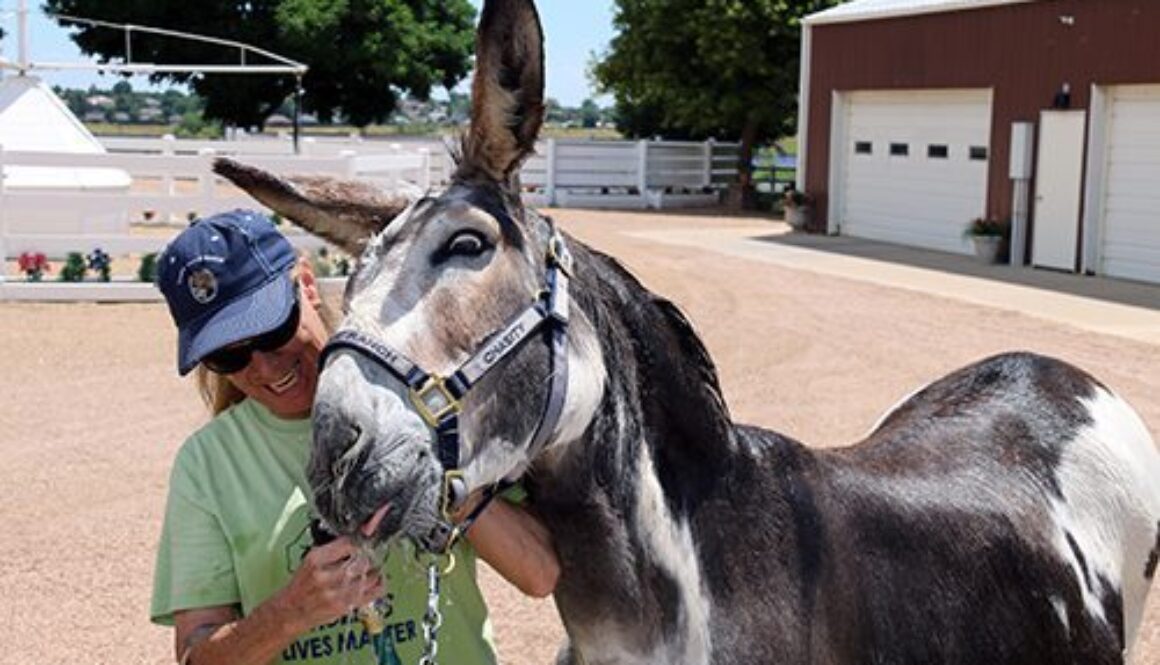



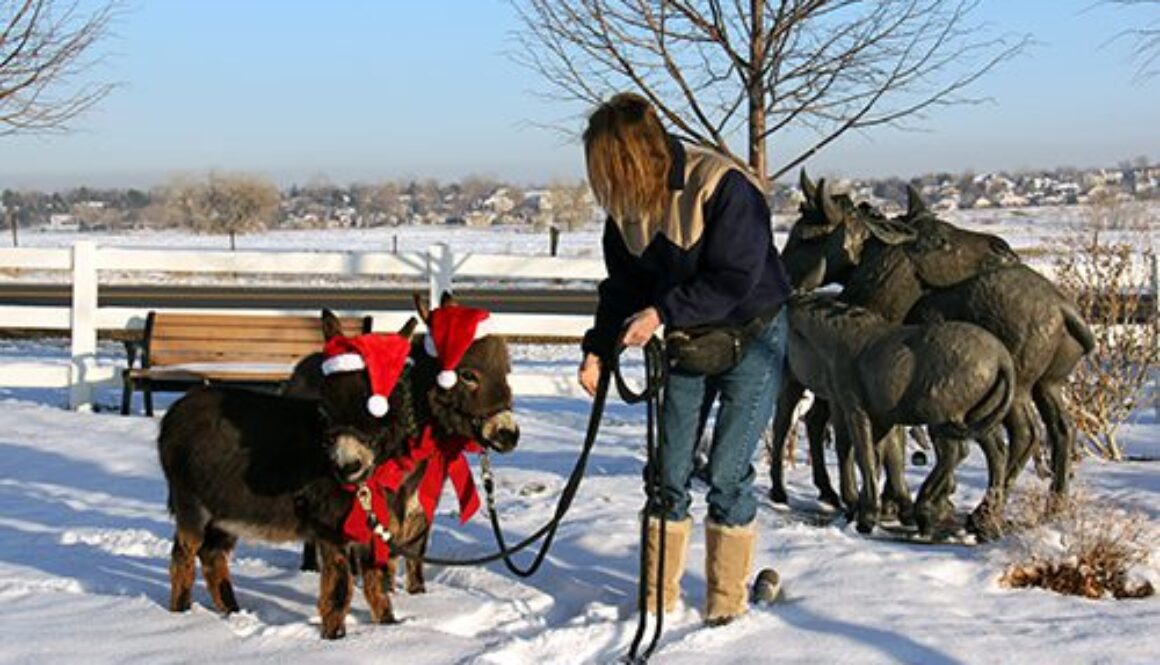

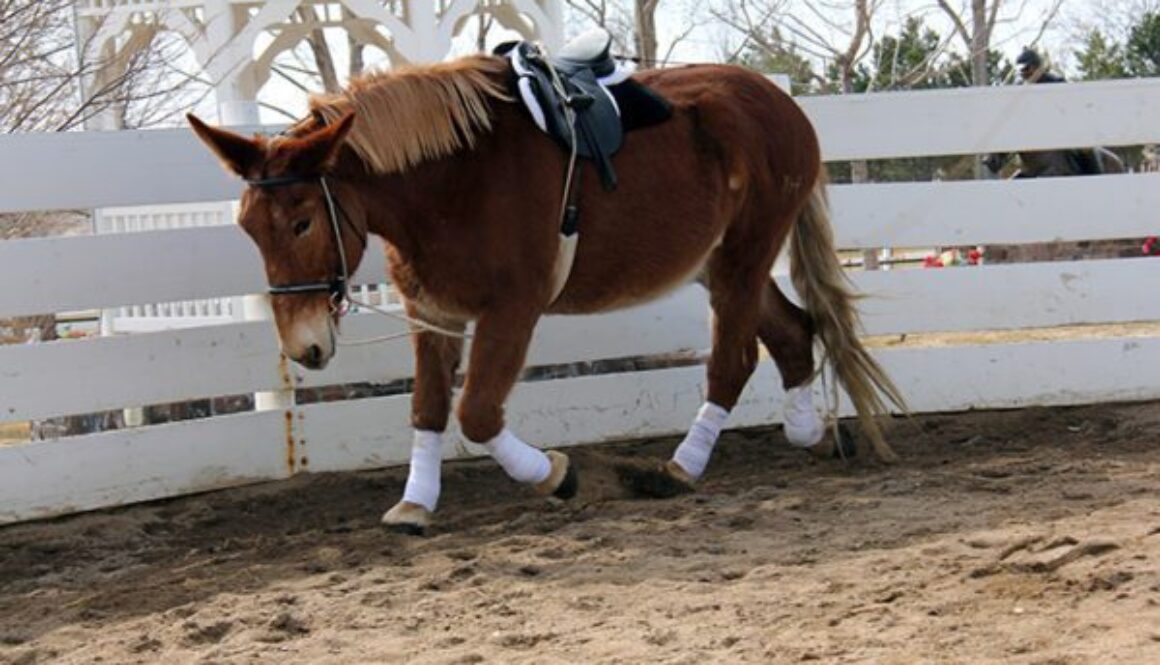
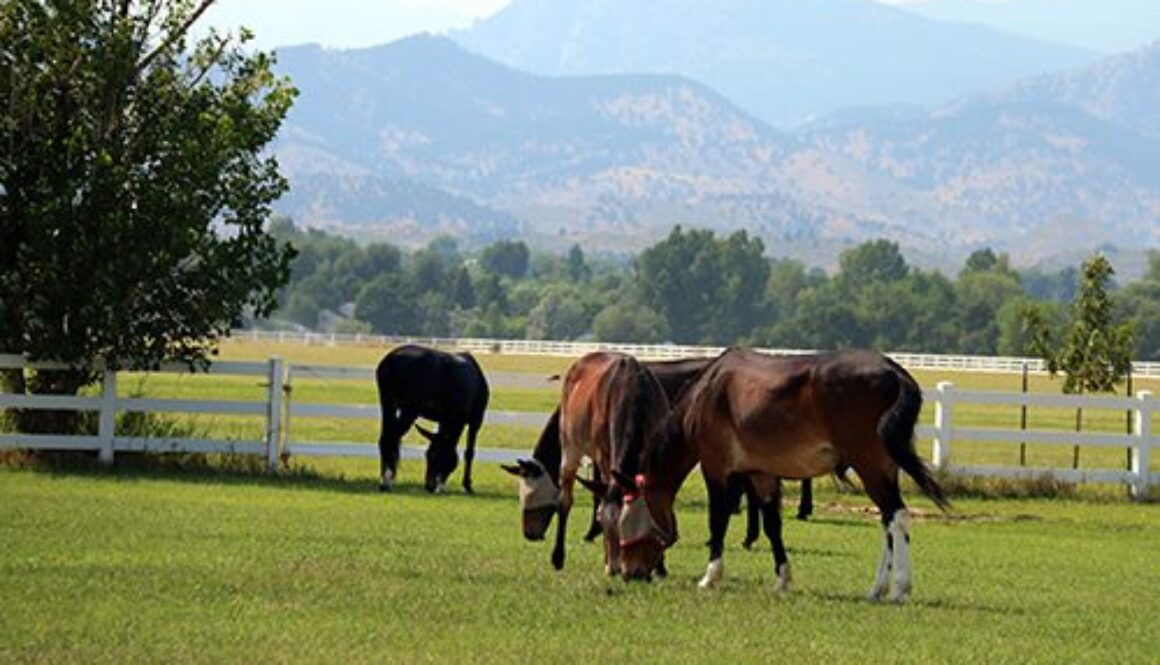
 So that prompted me to get really meticulous about what I did. That’s why I launched into what I did establishing the Loveland Longears Museum and Sculpture Park at Lucky Three Ranch as a 501 (c) 3. We had to develop a “mission statement” to make it legitimate. We did that to teach people, at risk-kids and younger children about the care, maintenance, handling and training of equines in general and not just mules…but, with the primary focus on mules. The focus being like that would ensure that my animals would be part of the 501 3 (c) 3 and would be guaranteed a place in the whole foundation. They would be taken care of!
So that prompted me to get really meticulous about what I did. That’s why I launched into what I did establishing the Loveland Longears Museum and Sculpture Park at Lucky Three Ranch as a 501 (c) 3. We had to develop a “mission statement” to make it legitimate. We did that to teach people, at risk-kids and younger children about the care, maintenance, handling and training of equines in general and not just mules…but, with the primary focus on mules. The focus being like that would ensure that my animals would be part of the 501 3 (c) 3 and would be guaranteed a place in the whole foundation. They would be taken care of! I hear from people every day that tell me they can’t find good grass hay for their animals. Mules and donkeys, being desert animals have to have a very specific diet or they can easily become obese and then you have all sorts of problems and vert bills up the ying-yang, if they don’t just die. It is really easy to mess up that program. The people that have been with me have been here for more than 20 years. We all operate as a team and not by how many hours are put in. Rather, each day is gauged by the tasks needed to be performed and we do not call it a day until the list is completed each day. We all pitch in to help each other when one person has more to do than the others. Each person has their own specific job description, but we all pitch in together when it is time to do the hay during the hay season.
I hear from people every day that tell me they can’t find good grass hay for their animals. Mules and donkeys, being desert animals have to have a very specific diet or they can easily become obese and then you have all sorts of problems and vert bills up the ying-yang, if they don’t just die. It is really easy to mess up that program. The people that have been with me have been here for more than 20 years. We all operate as a team and not by how many hours are put in. Rather, each day is gauged by the tasks needed to be performed and we do not call it a day until the list is completed each day. We all pitch in to help each other when one person has more to do than the others. Each person has their own specific job description, but we all pitch in together when it is time to do the hay during the hay season. The two of us girls welcome the opportunity to get out of the office during hay season. The weather is always lovely and working together is a lot of just plain fun. Doing house and office work can get rather tedious when it is so repetitive each day throughout the year. We try to keep up morale by changing up the schedule every so often. There are a lot of things to do like answering the phone, answering peoples’ questions, taking orders, booking tours, distributing orders, keeping the book-keeping straight each day, making Social Media posts regularly, checking the websites connections, both the LTR website and the Jasper website, keeping up the inventory cards in the warehouse and updating all the records for the attorneys and accountants. We also celebrate birthdays
The two of us girls welcome the opportunity to get out of the office during hay season. The weather is always lovely and working together is a lot of just plain fun. Doing house and office work can get rather tedious when it is so repetitive each day throughout the year. We try to keep up morale by changing up the schedule every so often. There are a lot of things to do like answering the phone, answering peoples’ questions, taking orders, booking tours, distributing orders, keeping the book-keeping straight each day, making Social Media posts regularly, checking the websites connections, both the LTR website and the Jasper website, keeping up the inventory cards in the warehouse and updating all the records for the attorneys and accountants. We also celebrate birthdays  with our fellow workers, including our remote graphics artist, videographers and with our JASPER MASCOT, Social Media and behind the scenes website help. It is important to keep a happy and enthusiastic crew!
with our fellow workers, including our remote graphics artist, videographers and with our JASPER MASCOT, Social Media and behind the scenes website help. It is important to keep a happy and enthusiastic crew! One cannot make any assumptions about what should happen upon your death after you are gone. If you don’t do the things as meticulously as I have done, anything can happen and your animals will suffer. It is better to have it all clearly laid out and in such a way that your designated recipients will be fully aware of what they are signing up for. You will need a clearly stated document about the way YOU care for your equine, so the recipient will know exactly what to do with your animal when they inherit it (How to feed (hay and oats mixes, worming, minerals, exercise, maintenance in a dry lot with limited turnout, social time, training expectations, etc.). This is critical for health of your mules and donkeys. Otherwise, you animals may not be cared for as you desire. Your assets will be at the mercy of other people’s opinions and desires. People can be very selfish in this way. People often believe that you can just turnout in a pasture and that is good enough…NOT! Mules and donkeys are very susceptible to obesity that will usually follow with founder and other things like ringbone and side bones. Poor management is generally due to owner laziness and misinformation that is freely passed around. Beware of advertising and markets techniques. They are not necessarily based in the overall welfare for your equine. Beware of dehydrated cubes and pellets, different oils, minerals, amounts and types of grains, treats, etc. I did my “field” research with 32 equines over a period of 40 years.
One cannot make any assumptions about what should happen upon your death after you are gone. If you don’t do the things as meticulously as I have done, anything can happen and your animals will suffer. It is better to have it all clearly laid out and in such a way that your designated recipients will be fully aware of what they are signing up for. You will need a clearly stated document about the way YOU care for your equine, so the recipient will know exactly what to do with your animal when they inherit it (How to feed (hay and oats mixes, worming, minerals, exercise, maintenance in a dry lot with limited turnout, social time, training expectations, etc.). This is critical for health of your mules and donkeys. Otherwise, you animals may not be cared for as you desire. Your assets will be at the mercy of other people’s opinions and desires. People can be very selfish in this way. People often believe that you can just turnout in a pasture and that is good enough…NOT! Mules and donkeys are very susceptible to obesity that will usually follow with founder and other things like ringbone and side bones. Poor management is generally due to owner laziness and misinformation that is freely passed around. Beware of advertising and markets techniques. They are not necessarily based in the overall welfare for your equine. Beware of dehydrated cubes and pellets, different oils, minerals, amounts and types of grains, treats, etc. I did my “field” research with 32 equines over a period of 40 years.
